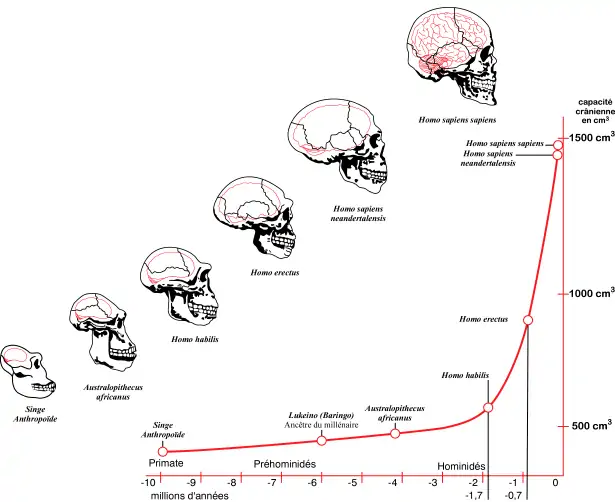Define Natality and Mortality.
Natality:
It is equivalent to the birth rate by means of birth, germination, hatching etc. It is the capacity of a population to increase itself. Under the ideal conditions there is a maximum production of individuals called maximum natality, whereas the actual rise in population under a particular environmental condition is called realized or ecological natality. The natality rate is determined by
Natality Rate = Δ Nn / Δt
where, Δ Nn = Production of new individuals in a population Δt = Unit time.
The calculation of natality is much dependent on the type of organism being considered. Since natality is a measure of birth rate of population the average reproductive capacity should be taken into consideration.
Mortality:
It can be defined as the number of individuals dying per unit time. Under ideal conditions the death of an individual is called potential mortality, whereas the death under general environment is called individual mortality. Normally we assume that under ideal conditions an organism will die of their own age only, but unfortunately very few individuals have potential mortality.
Most of them become victim of predation, disease, unfavorable environment and have an early death. It is usually measured by the capture, recapture method and indirect measure, whereby knowing the successive age groups in a population one can estimate the mortality between these age groups. What matters more for a population is the members which survive and not the one which die. The survival within a population can also be presented in a tabular form of life table, which gives an idea of mortality and survival.





